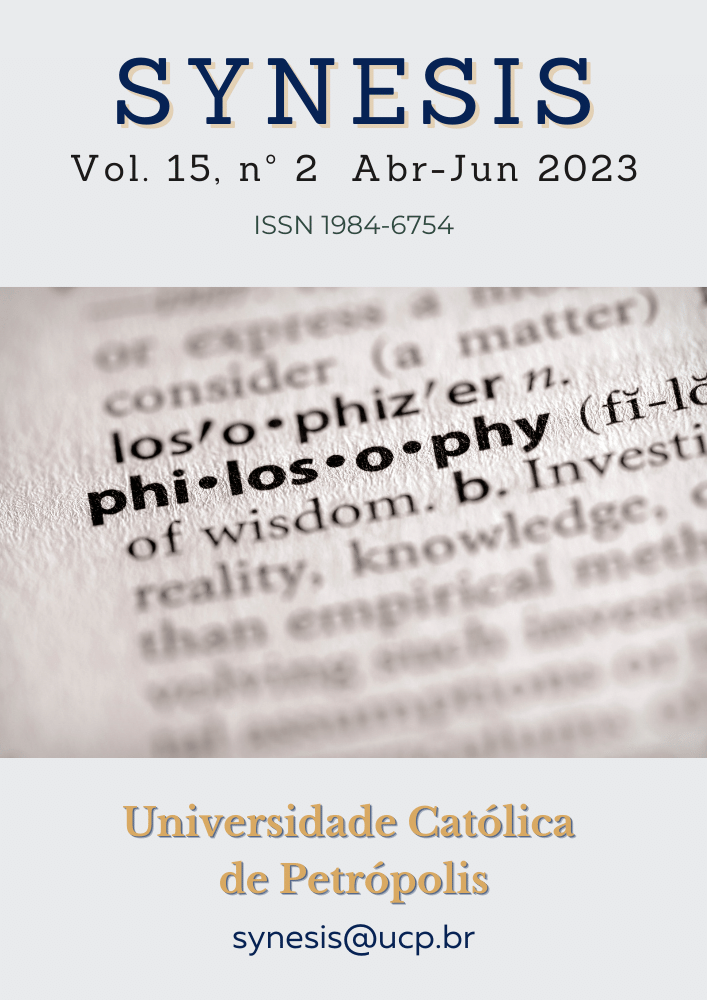Resumo
O vírus Covid-19, no entanto, matou milhões de pessoas em todo o universo, ajuda a facilitar e acelerar a utilidade das redes sociais e da tecnologia também. O objectivo deste estudo era investigar a utilização de redes sociais e tecnologia para ensinar as crianças. A investigação foi conduzida no âmbito do método misto um. Uma vez que o investigador procurou encontrar uma nova abordagem para o ensino e aprendizagem da língua inglesa, chamou-lhe a abordagem de Moradi. Além disso, o seu objectivo seria considerar como a abordagem de Moradi pode iluminar e preparar o caminho para que as crianças facilitem e acelerem a aprendizagem da língua inglesa. Para alcançar este objectivo, poucos estudantes árabes e afegãos do ensino elementar foram levados em consideração com vista às suas condições familiares e sociais. A investigação foi realizada de forma mista, utilizando testes, questionários, observação e entrevista para descobrir e desembrulhar a forma como abordam e entusiasmam a abordagem de Moradi, ou seja; aprender inglês através de redes sociais e tecnologia. Esperava-se que se agarrassem mais à nova abordagem do que às outras abordagens antigas, uma vez que é mais fácil, mais rápido e mais divertido compreender e recordar a língua inglesa; no entanto, dependendo do contexto e da situação em que vivem, das crenças e prazeres pessoais que têm, e mesmo do género que são, poderiam mudar para outros métodos e abordagens antigas para, ocasionalmente, tomar o outro lado da moeda para os apreciar ou testar. Este estudo é importante e interessante uma vez que pouco (se algum) foi escrito sobre o estudo da criança e a sua utilização de redes sociais e tecnologia para aprender a língua inglesa e uma maior compreensão da abordagem de Moradi pode ser de valor vital e crucial para retratar e detectar o ritmo futuro e os vestígios do estudo da criança também.
Referências
Anderson, P. (2007). What is Web 2.0?: ideas, technologies and implications foreducation: Citeseer, JISC technology and standards watch, February 2007,available online at
http://www.jisc.ac.uk/media/documents/techwatch/tsw0701b.pdf, accessed 11th March 2015.
Baralt, M. (2011). The use of social networking sites for language practice and learning. Ilha do Desterro, 60. Universidade Federal de Santa Catarina. Retrieved August 10, 2014, from
https://periodicos.ufsc.br/index.php/desterro/article/view/2175-8026.2011n60p277.
Barnes, K., Marateo, R. & Ferris, S. P. (2007a). Teaching and Learning with the Net Generation. Innovate Journal of Online Education, 3(4). Reprinted in The Fischler School of Education and Human Services at Nova Southeastern University; Pennsylvania. Retrieved March 2015 from: http://www.innovateonline.info/pdf/vol3_issue4/Teaching_and_Learning_with
_the_Net_Generation.pdf
Castro Sánchez, J. J. and Alemán, E. C., 2011. Teachers’ opinion survey on the use of ICT tools to support attendance-based teaching. Journal Computers and Education, vol. 56, pp.911-915.
Chai, C. S., Koh, J. H. L., Tsai, C.-C. (2010). Facilitating preservice teachers' development of technological, pedagogical, and content knowledge (TPACK). Journal of Educational Technology & Society, 13(4), 63-73.
Conole, G., and Alevizou, P. (2010). Review of the use(s) of Web 2.0 in Higher Education, HE Academy commissioned report, available online At http://www.heacademy.ac.uk/assets/EvidenceNet/Conole_Alevizou_2010.pdf
Davies, R. (2011). Understanding technology literacy: A framework for evaluating educational technology integration. TechTrends: Linking Research and Practice to Improve Learning, 55(5), pp. 45-52.
Dudeney&Hockly Nicky. (2007). How to Teach English and Technology. England: Stenton Associates
Gee, J.P., 2011. Language and learning in the digital age. New York: Routledge.
Mcmahon, G., 2009. Critical thinking and ICT integration in a Western Australian secondary school. Educational Technology and Society, vol. 12, pp.269–281.
Prensky, M. R. (2010). Teaching digital natives: Partnering for real learning. Corwin Press.
Reinhardt, J., and Zander, V. (2011). Social Networking in an Intensive English Program Classroom: A Language Socialization Perspective. Calico Journal, 28(2), 326-344.
Smith, F. (2007). How to Use Social-Networking Technology for Learning. Edutopia.
Project Tomorrow, (2010).Learning in the 21st century: 2010 trends update. Irvine, CA: Author.
Allmer, Thomas.(2009). (Dis)Like Facebook? Dialectical and Critical Perspectives on Social Media. Javnost – The Public: Journal of the European Institute for Communication and Culture 21 (2), 39-56.

Este trabalho está licenciado sob uma licença Creative Commons Attribution-NonCommercial-NoDerivatives 4.0 International License.
Copyright (c) 2023 Synesis (ISSN 1984-6754)
